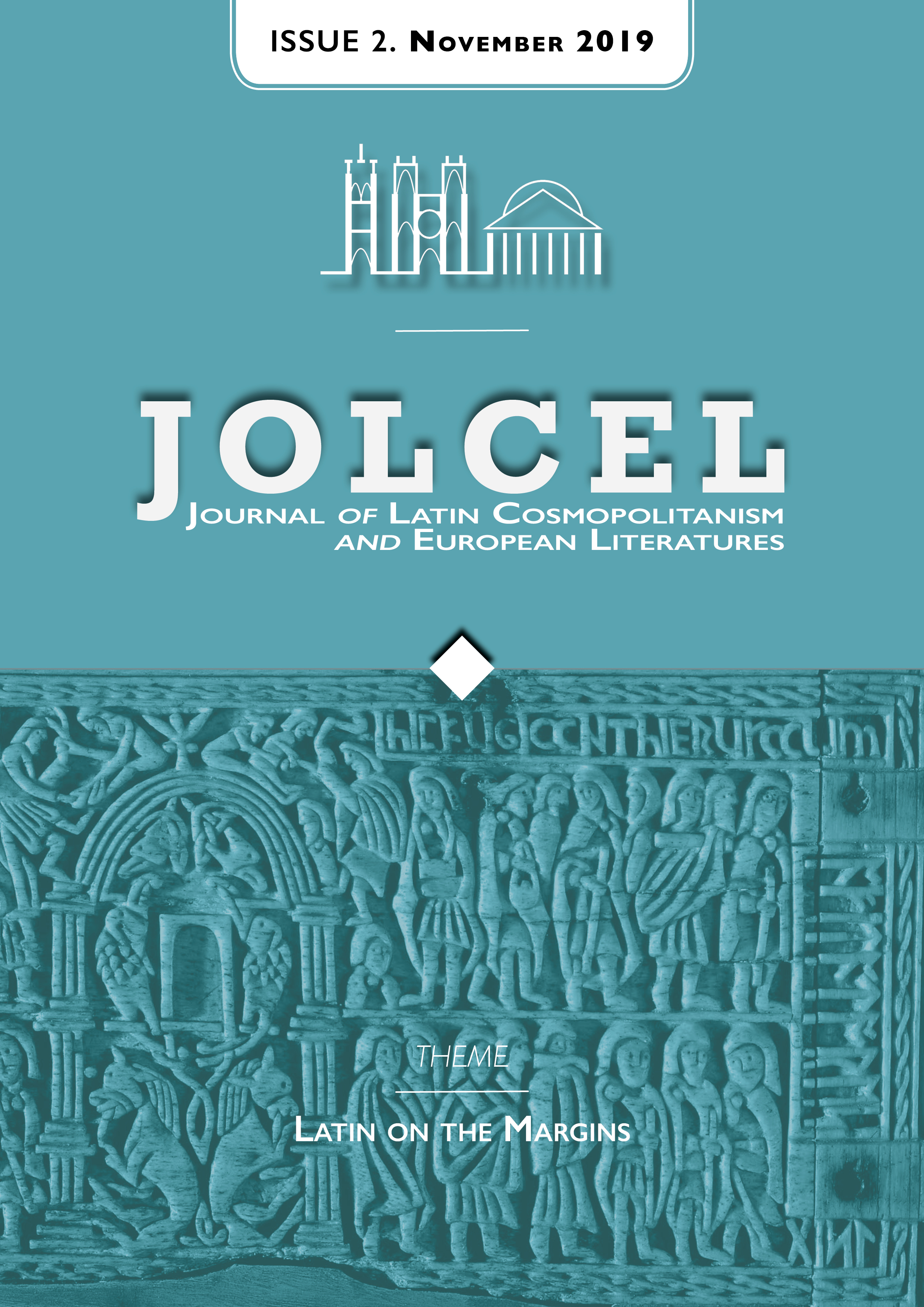The three articles we present to the reader in this issue deal with texts that are generally viewed as examples of the use of Latin in the margins. The margins in question are either geographical ones (Tlatelolco in Mexico City) or chronological ones (nineteenth-century Sweden). This issue hopes to show that what we have come to define as ‘marginal’ is only a question of perspective. In the formation of writers that we consider today to be at the margin of the Latin tradition, Latin education still was—or had recently become—a central element.
Editorial
Articles
From the Epistolae et Evangelia (c. 1540) to the Espejo divino (1607): Indian Latinists and Nahuatl Religious Literature at the College of Tlatelolco
Andrew Laird
2019-11-13 Issue 2 • 2019 • Latin on the Margins • 2-28
Latinidad, tradición clásica y nova ratio en el Imperial Colegio de la Santa Cruz de Santiago Tlatelolco
Heréndira Téllez-Nieto
2019-11-13 Issue 2 • 2019 • Latin on the Margins • 30-55
Nordic Gods in Classical Dress: De diis arctois by C. G. Brunius
Arsenii Vetushko-Kalevich
2019-11-13 Issue 2 • 2019 • Latin on the Margins • 57-71

